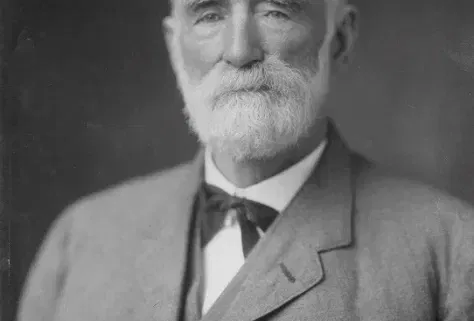That’s not what I meant

By K. Logan Submitted to Corner Post
Have you ever been told, “That’s not what I meant!” Have you ever thought or said it yourself? We probably all have — — maybe more times than we’d like to admit. It is, after all, a sign of poor communication. And who wants to be known as a poor communicator? Take for granted the story of a man who handed his son a hammer saying, “I’ll hold this spike against the beam. When I nod my head, you hit it.” I imagine that when he regained consciousness, the dad must have thought, “That’s not what I meant.”
Communication is a complex procedure. First, we must translate a thought into words (spoken or written). Then we must somehow clearly transmit those words. Finally, they must be decoded by the receiver — — hopefully into the same thought that the sender intended. Unfortunately, many things can interfere with the process at any one of the steps along the way. We can have trouble finding just the right word or phrase to express the message we wish to convey.
Someone wished to compliment the vocal talents of a lady I knew. But what came out of the well-intentioned person’s mouth was, “You have such a lovely voice. Have you ever considered singing at funerals?” Awkward! Another example of sending the wrong message appeared on a sign prominently displayed in front of a dining establishment. It boasted, “WE PASSED ALL HEALTH CODES IN 1997.” I drove past that sign in 2000. The message conveyed was not a positive one!
Once the sender decides what to send, the next problem is how to convey it effectively to the target audience. Facial expressions, gestures and vocal inflections can further enhance or complicate this exercise. If you’ve played charades, you know that a completely mundane word can take on hilariously different or even risqué connotations when non-verbal communication is required.
A terrific message poorly transmitted is no better than a badly constructed message. It can even be worse. Such was the case of the thoughtful husband who took time during a business trip to pen a short note to his wife at home. It read simply, “Having fun. Wish you were here.” Tragically, the final letter was inadvertently written off the edge of the postcard, leaving the message, “Having fun. Wish you were her.” Ouch! That’s not what he meant.
Receiving and decoding the message — — the final phase of the process — — can also lead to ineffective communication. This is particularly true if the sender and receiver don’t share the same point of reference, whether due to age, culture, experience, sense of humor, or any number of other unique differences. Can you imagine how the following statements could be misinterpreted? Sign in a building: “For restrooms, use stairs.” In a church bulletin: “The Little Mother’s Club will meet next Wednesday. Any woman wanting to become a Little Mother should meet with the pastor before then.” And from a news headline: “Vandals Damage Restroom Facilities. Investigators Have Nothing To Go On.”



